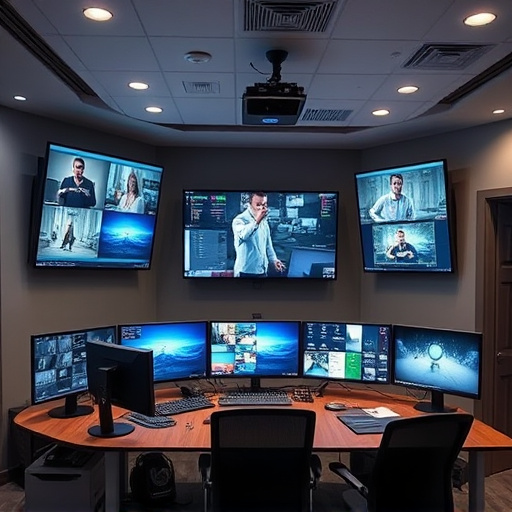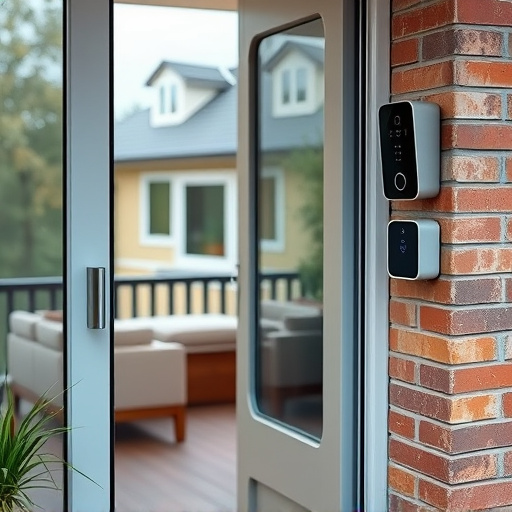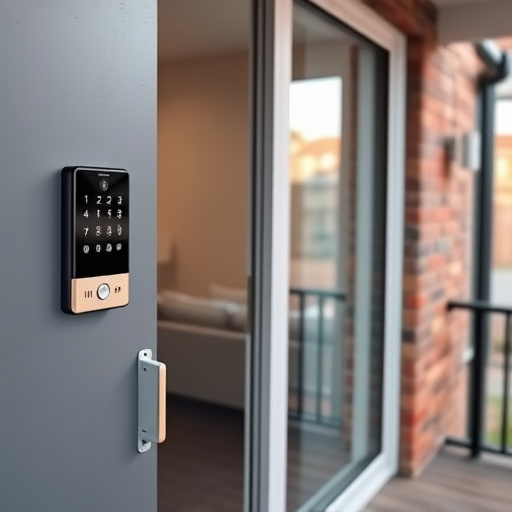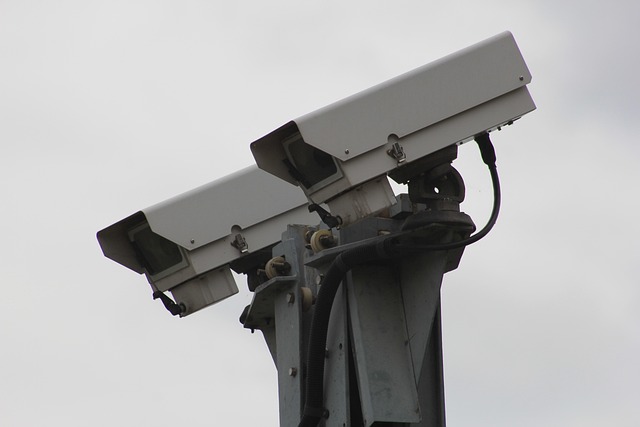Selecting the right security camera for your home security selection involves understanding your property's unique needs. Consider size, areas to monitor, and risks to determine an ideal system that aligns with desired protection levels (deterrent or monitoring). Choose from wired, wireless, or hybrid types based on budget, skills, and security level. Key features include HD resolution, night vision, advanced motion detection, storage options, Wi-Fi connectivity, and two-way audio. Strategically place cameras in high-traffic zones, entry points, and blind spots with good lighting. Integrate them with smart home systems for automated responses. Prioritize privacy and data security through encryption, local/cloud storage, regular firmware updates, and adherence to privacy regulations for an ideal home camera that provides the best security system and effective security.
Choosing the right security camera is crucial for a comprehensive home security selection. This guide will help you navigate the process and ensure you invest in the ideal home camera. We’ll explore various types of home security cameras and key features to look for, from motion detection to clear video quality. Understanding installation considerations and integration with smart home systems is also vital for an effective security system. Plus, we’ll discuss how to maintain privacy and data security with your new camera.
- Understanding Your Home Security Needs
- Types of Home Security Cameras Explained
- Key Features to Look for in a Security Camera
- Installation Considerations for Optimal Performance
- Integration with Other Smart Home Systems
- Ensuring Privacy and Data Security with Your Camera
Understanding Your Home Security Needs

Understanding your home security needs is a crucial step in choosing the right security camera. Before diving into the vast array of options available, take time to evaluate your specific requirements. Consider factors like the size and layout of your property, the areas that need monitoring (front door, backyard, garage), and any unique access points or potential risks. Identifying these will help you determine the ideal home camera system—one that offers comprehensive coverage without unnecessary features.
A well-thought-out security selection ensures an effective security camera setup. Think about the level of protection you seek—deterrent, monitoring, or both—and the peace of mind you desire. Different systems cater to various needs; some offer basic motion detection and live streaming, while others include advanced features like facial recognition, two-way audio, and local storage. Aligning your choices with these needs will result in a best security system that enhances your home’s safety and provides valuable data for quick responses when needed.
Types of Home Security Cameras Explained

When it comes to selecting the right security camera for your home, understanding the available options is key. The home security selection process involves considering different types tailored to specific needs. Choosing security cameras that align with your priorities ensures an effective security system.
There are three primary types: wired, wireless, and hybrid. Wired cameras offer reliable connectivity and high-quality footage but require professional installation. Wireless options provide flexibility and ease of setup, while hybrids combine the benefits of both, allowing for both hardwired and wireless functionality. Each type has its advantages, making it essential to pick the ideal home camera that suits your budget, technical expertise, and desired level of security.
Key Features to Look for in a Security Camera

When choosing the right security camera, consider its key features to ensure an effective security system. Start by evaluating resolution; HD (720p) is a minimum, but 4K (2160p) offers sharper details. Night vision capabilities are crucial for round-the-clock monitoring, so look for cameras with infrared or passive IR technology. Motion detection is another essential feature; select models that use advanced algorithms to distinguish between people, vehicles, and animals to minimize false alerts.
Storage options vary; cloud storage provides remote access but may incur costs, while local storage offers offline backup. Wireless connectivity, such as Wi-Fi or Bluetooth, allows for easy installation and control via smartphone apps. Additionally, consider cameras with two-way audio, allowing you to communicate with visitors, and integration with smart home systems for centralized control and automation. These features collectively contribute to the ideal home camera, enhancing your home security selection.
Installation Considerations for Optimal Performance
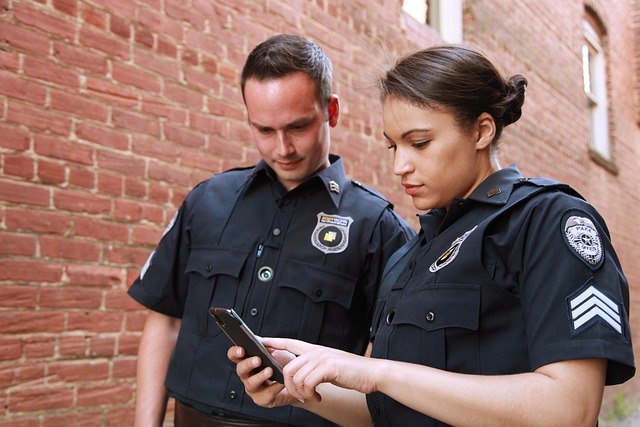
When considering installation, strategic placement is key to achieving optimal performance from your chosen right security camera. Each home is unique, so assess your living space and identify areas that require the most surveillance. High-traffic zones, entry points, and blind spots should be top priorities. For instance, placing cameras near doors and windows can deter potential intruders, while those in corridors or stairwells ensure you have coverage throughout your home.
Additionally, think about lighting conditions. Night vision capabilities are essential for effective security camera systems, especially during hours of low light. Some models offer excellent infrared technology, allowing them to capture clear images even in complete darkness. Consider the environment and choose cameras suitable for indoor or outdoor use, ensuring they can withstand varying weather conditions if placed externally.
Integration with Other Smart Home Systems

When selecting a home security camera, consider its integration with your existing smart home systems. The ideal home camera should seamlessly connect and communicate with other devices like smart locks, alarms, and thermostats for a comprehensive security system. This interconnectedness allows for automated responses—for instance, when a motion sensor is triggered, the camera can notify you while simultaneously unlocking doors or adjusting lights.
Choosing security cameras that play nicely with your smart home hub or platform ensures a more effective security setup. This integration provides central control, allowing you to monitor and manage all your security devices from one convenient location. Furthermore, it offers advanced features like automated scene detection, voice commands through virtual assistants, and remote access via your smartphone, making your home security selection both efficient and intuitive.
Ensuring Privacy and Data Security with Your Camera

When choosing a home security camera, prioritizing privacy and data security is paramount. Opt for models that offer robust encryption protocols to safeguard your footage from unauthorized access. Ensure the camera’s data is stored securely in compliance with industry standards, protecting your sensitive information.
Consider features like local storage options alongside cloud connectivity for added peace of mind. Regularly update the camera’s firmware to patch security vulnerabilities and maintain control over who can view your live feed or recorded videos. Select a brand that adheres to privacy regulations and provides transparency about data usage, ensuring your home remains protected while preserving your right to privacy.


